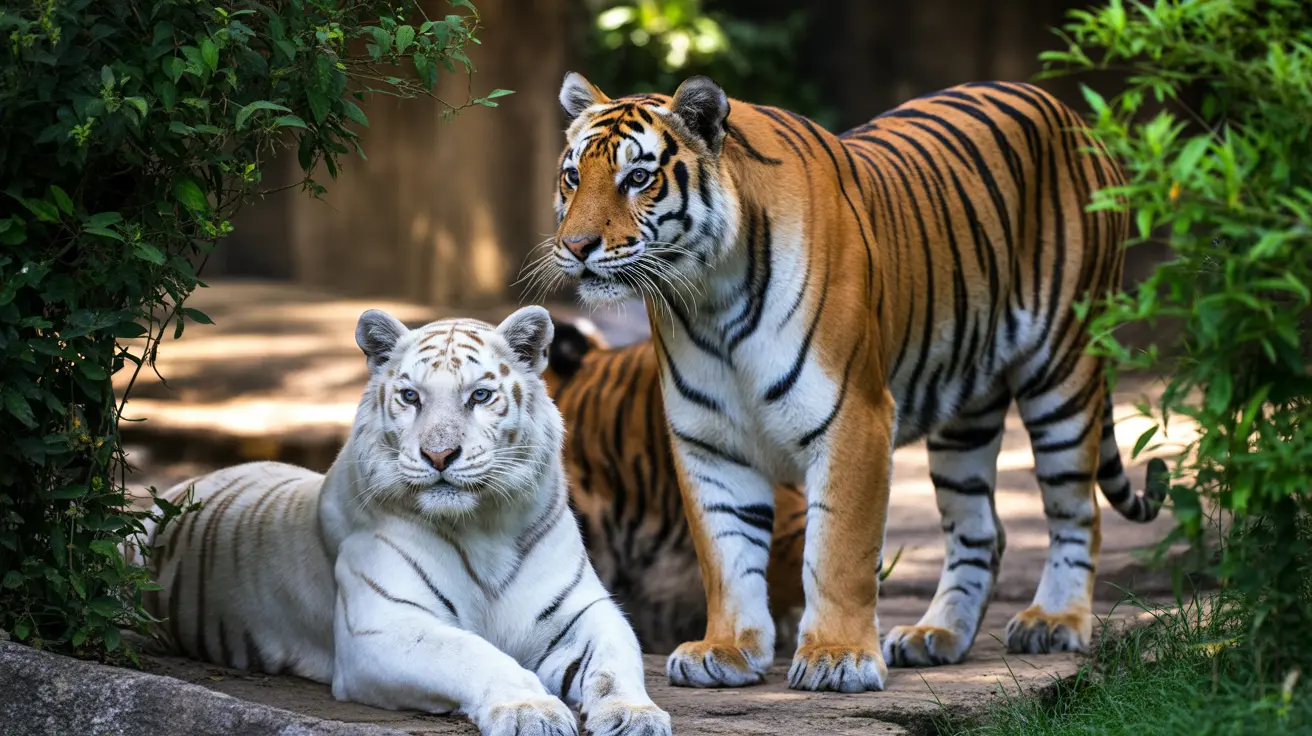Big Cat Public Safety Standards and Regulations
The tragedy comes in the wake of the Big Cat Public Safety Act of 2022, which established stricter guidelines for private ownership and public exhibition of large felines. These regulations aim to protect both handlers and the public while ensuring proper care for these powerful predators.
Current Safety Protocols for Tiger Handlers
Professional tiger handlers must adhere to strict safety measures during public demonstrations, including:
- Maintaining appropriate barriers between animals and spectators
- Following established feeding and interaction protocols
- Having emergency response procedures in place
- Regular safety training and certification updates
Understanding Big Cat Behavior and Risks
Tigers, even those raised in captivity, retain their wild instincts and natural predatory behaviors. Their unpredictable nature means that even experienced handlers must maintain constant vigilance during interactions.
Warning Signs of Aggressive Behavior
While each tiger is unique, some common indicators of potential aggression include:
- Changes in body posture
- Ear positioning
- Tail movements
- Vocalization patterns
Oklahoma Exotic Animal Regulations
Oklahoma's exotic animal ownership laws include specific requirements for facilities housing dangerous wildlife. These regulations cover:
- Facility security measures
- Handler qualifications
- Regular veterinary care
- Emergency protocols
- Public safety requirements
Frequently Asked Questions
What safety measures are typically in place during public tiger demonstrations?
Public tiger demonstrations require multiple layers of safety protocols, including protective barriers, trained support staff, and emergency response plans. Facilities must maintain proper distance between animals and viewers, and handlers must follow strict interaction guidelines.
How do tiger behavior patterns affect handler safety?
Tigers are instinctive predators whose behavior can change rapidly, even with extensive training. Their natural hunting instincts remain intact regardless of human familiarity, making it essential for handlers to maintain constant awareness and respect for the animal's capabilities.
What requirements must facilities meet under the Big Cat Public Safety Act?
The Act mandates specific housing requirements, restricts direct public contact with big cats, and requires facilities to maintain proper licensing and safety protocols. It also limits private ownership and breeding of these animals.
Importance of Continued Safety Evolution
This tragic incident serves as a sobering reminder of the respect these magnificent creatures demand and the importance of maintaining rigorous safety standards in exotic animal facilities. While public education about wildlife remains valuable, it must be balanced with appropriate safety measures to protect both handlers and spectators.
The exotic animal exhibition industry continues to evolve, with ongoing discussions about best practices and safety protocols. As our understanding of big cat behavior grows, so too must our commitment to protecting all those involved in their care and exhibition.






